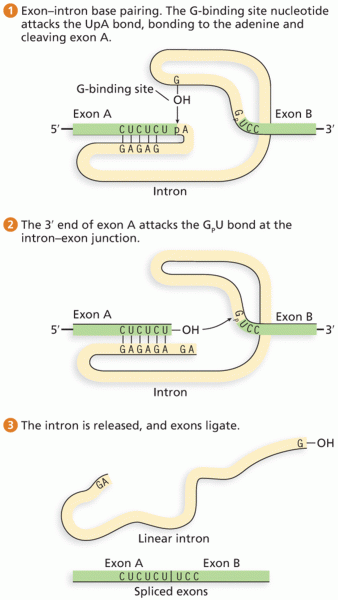The sheer number of people in a group affects the amount of communication. Consider the difference between communication between two friends and communication in a group of five people. When friends talk, there are two people sending and receiving messages. In a group of five, there are five people doing the same thing Each idea that's expressed must be understood by four others, who may also choose to respond. Consequently, the greater number of people in a group, the fewer contributions any individual may make. Because participation is linked to communication, larger groups may generate less commitment to decisions than smaller ones. Large groups with eight or more members may also be less cohesive than smaller ones. Because there are disadvantages to large groups, you might assume that small groups would be the most effective. However, groups can be too small as well as too large. With too few members, a group has limited resources, which eliminates a primary advantage of groups for decision making. Also, in very small groups, members may be unwilling to disagree or criticize each other's ideas because alienating one person in a two- or three-person group would dramatically diminish the group. Most researchers agree that five to seven members is the ideal size for a small group. The author suggests that
a. small groups are worse than large ones for making decisions.
b. communication is critical for decision making by groups.
c. criticism may be more freely expressed within small groups.
d. small groups are always more efficient than large groups.
Question 2
The sheer number of people in a group affects the amount of communication. Consider the difference between communication between two friends and communication in a group of five people. When friends talk, there are two people sending and receiving messages. In a group of five, there are five people doing the same thing Each idea that's expressed must be understood by four others, who may also choose to respond. Consequently, the greater number of people in a group, the fewer contributions any individual may make. Because participation is linked to communication, larger groups may generate less commitment to decisions than smaller ones. Large groups with eight or more members may also be less cohesive than smaller ones. Because there are disadvantages to large groups, you might assume that small groups would be the most effective. However, groups can be too small as well as too large. With too few members, a group has limited resources, which eliminates a primary advantage of groups for decision making. Also, in very small groups, members may be unwilling to disagree or criticize each other's ideas because alienating one person in a two- or three-person group would dramatically diminish the group. Most researchers agree that five to seven members is the ideal size for a small group. In the second paragraph, the word alienating means
a. providing emotional support for someone.
b. communicating.
c. making decisions.
d. causing someone to become unfriendly.
 With tough economic times, a lot of people have lost their jobs—and their homes. If this happens, ...
With tough economic times, a lot of people have lost their jobs—and their homes. If this happens, ...
 Ads from the public service campaign in the late 1960s and early 1970s that encouraged people to get ...
Ads from the public service campaign in the late 1960s and early 1970s that encouraged people to get ...





